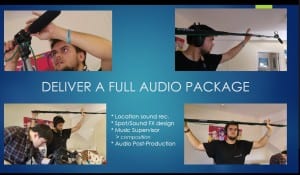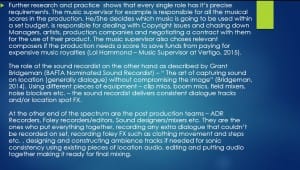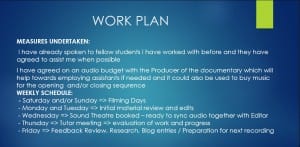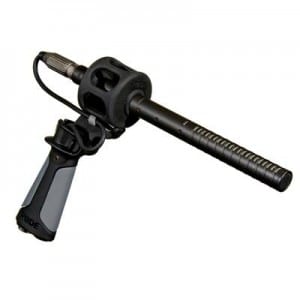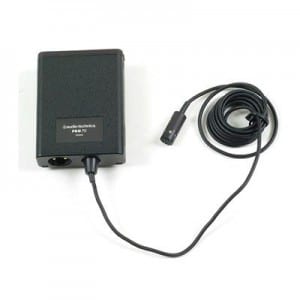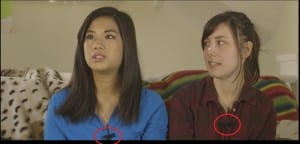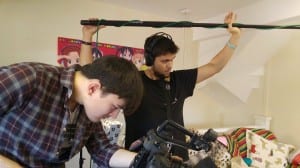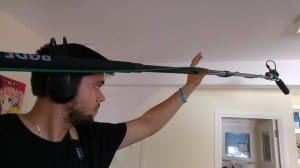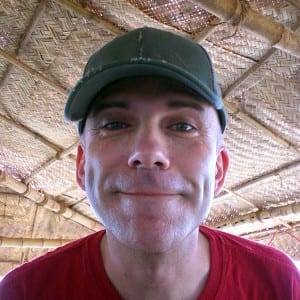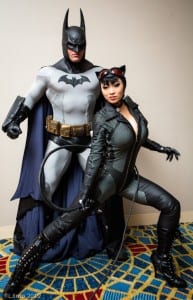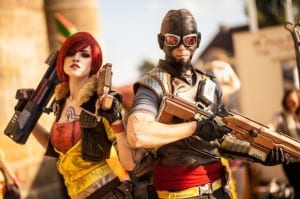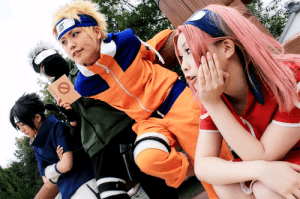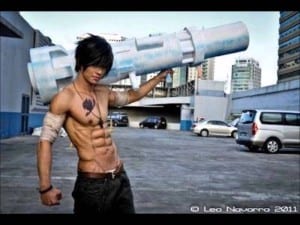On the 15th of October during my weekly tutor meeting I presented my project to my supervisor. Outlining all of the roles involved in audio pre and post – production, my role specifically issues and problems + solutions. I also proposed a weekly workplan which got approved by my supervisor.
Slides from the presentation:
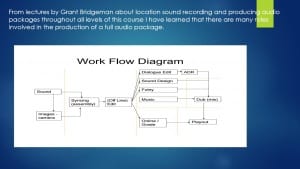
Film sound recording and design is effectively broken down into five key phases:
1. Research and study of the script, consultation with the director and producer (LO1) + (LO2)
2. Field and Location recording (LO1) + (LO2)
3. Sound effects
4. Building and operating a Foley sound stage (LO1) + (LO2) – (side note: not particularly necessary for our Documentary production but still useful in case the Director decides to include foley in the production)
5. Digital post-production, sound design, multi-track layering and mixing with musical composition, and final mix-down. (LO1) + (LO2)
(Crook, 2012; 173)
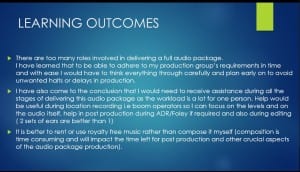
“It is recommended that you produce sound for film in a team as the technical and creative demands of film operate on an industrial scale of production” (Crook, 2012; 172).
I also provided rough-cut samples with synced and slightly edited audio from the first shoot on location. My supervisor was satisfied with the recordings and with the progress. As this was a interview shoot and future recordings will include interviews he suggested adding one more microphone to the person who is asking the questions which is sending signal to a spare Zoom H4n just in case if we need to put the question in the mix. This way I will have clearer audio with better levels and less noise from the person asking the question on location in stead of doing it as ADR later in post (which would be time consuming). Such techniques will be very useful during the next location recording as it will be done in quite a noisy environment. As preparation I have also ensured that I have a wind jammmer and noise isolator for the boom.
During the meeting we also discussed the distribution of the negotiated budget for audio. My supervisor also helped me find examples of sources I could use to find high quality affordable music and audio for the opening and closing sequences.
It was a very productive meeting – I presented the project and received feedback straight away after the presentation which was more than useful. It helped me figure out what I’m doing right and what I could improve on right away. The tips I received about recording interviews will also come very handy in the preparation for the next location shoot which will be on the 24th and 25th of October in London at the MCM Comic Con.
